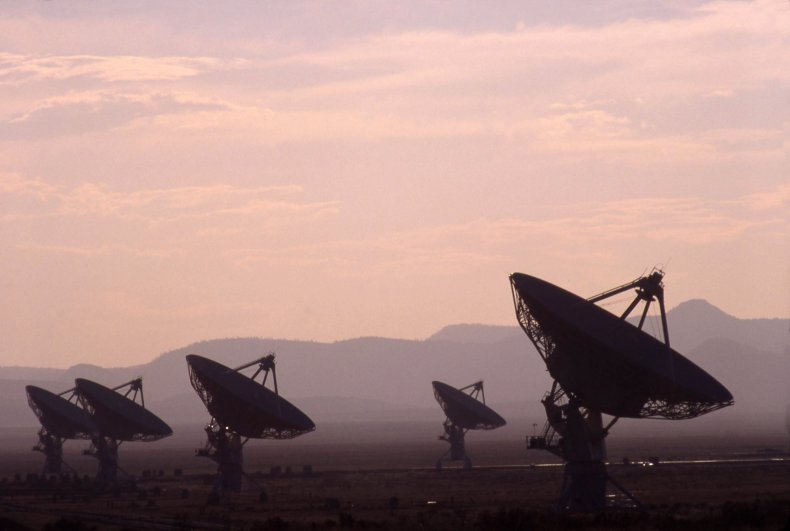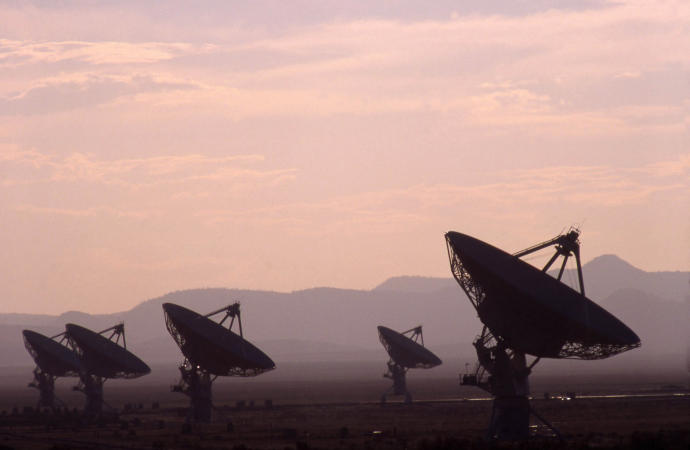It is “reasonable” to conclude that the U.S. government thinks some unidentified aerial phenomena (UAP) are not human-made, a Harvard astrophysicist has said.
Source: Newsweek
This week, the U.S. government is expected to release a highly anticipated report into the existence of UAPs—essentially UFOs.
Avi Loeb, Frank B. Baird Jr. Professor of Science at Harvard’s Department of Astronomy, believes the existence of UAPs would not have been revealed to the public if their origins were from China or Russia and posed a national security risk, he wrote in an op-ed for Scientific American magazine.READ MORE
Loeb added: “Hence, it is reasonable to conclude that the U.S. government believes that some of these objects are not human in origin.”
The astrophysicist said this suggests two scenarios: That UAPs are natural phenomena; or that they are “extraterrestrial in origin.”
The U.S. report will be the product of months of investigation into UAPs after the U.S. Senate Intelligence Committee called for an inquiry into them in 2020.
Florida Senator Marco Rubio was acting chair of the Intelligence Committee when the report was given the go-ahead, viewing UAPs as a potential threat.
He told Newsweek in May: “We cannot allow the stigma of UFOs to keep us from seriously investigating these encounters.”
In August 2020, the Pentagon set up the Unidentified Aerial Phenomena Task Force to look into observations of unknown flying aircraft.
Intelligence officials who have already been briefed on the report’s findings have said it is inconclusive about most of the recorded aerial incidents over the years—such as those spotted by air force pilots—but notes they weren’t examples of U.S. technology, the New York Times reported earlier in June.
The New York Times also said an unclassified version of the report is expected to be released to Congress by June 25—though it will include a classified annex that would remain off-limits to the public.
The report is not expected to explain all of the mysterious observed characteristics of UAPs, including their acceleration and ability to change direction quickly.
Meanwhile, Loeb has drawn speculative links between UAPs and ‘Oumuamua, a mysterious interstellar object that has attracted attention since it was discovered tumbling through the solar system in 2017.
NASA has called ‘Oumuamua “unusual” and states that it “appears to be a rocky, cigar-shaped object” up to 400 meters long that is the first confirmed body to visit our solar system from another star.
Writing in Scientific American, Loeb has theorized ‘Oumuamua could potentially be “an artificial object on a targeted mission towards the sun” and that its thin, flat shape “could have been that of a receiver” to pick up signals.
He added: “At this time, the possibility that any UAP are extraterrestrial is highly speculative.”

Source: Newsweek

































Leave a Comment
You must be logged in to post a comment.